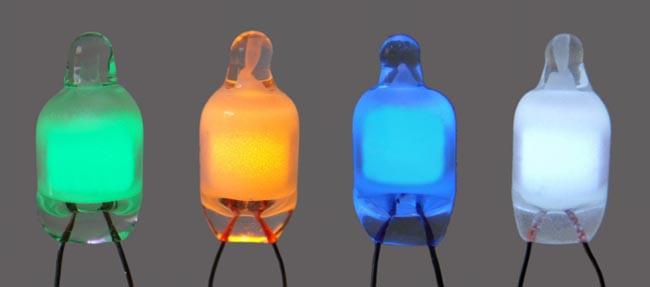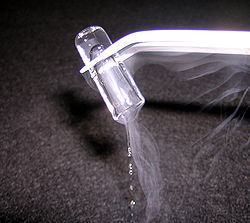The application of rare gases (1)
As a protective gas. Rare gases are very chemically inactive.
When welding precision parts or active metals such as magnesium and aluminum, argon is often used as a protective gas to isolate air and prevent the metal from reacting with other substances at high temperature. The fuel cups of an atomic reactor, which oxidize rapidly in the air, also need to be machined under argon. The bulb is filled with argon gas to reduce the tungsten filament vaporization and prevent tungsten filament oxidation, in order to prolong the service life of the bulb.
Neon lights
make electric light source. (Rare gas will emit different colors of light when powered on)
The world's first neon sign was made by filling it with neon gas (neon originally means "neon light" in English). The red light emitted by neon lamps is very permeable through the air and can pass through thick fog. As a result, neon lights are commonly used on lights in airports, ports, and waterways. The tubes are filled with argon or helium gas, which gives off a light blue or reddish light when powered on. By filling a tube with a mixture of helium, neon and argon at different levels, you can make neon lights of various colors. Fluorescent lamps, commonly used by people, are made by filling a small amount of mercury and argon into the tube and coating the inner wall with fluorescent substances (such as halogen calcium phosphate). When electrify, because mercury vapor discharges inside the tube and produce ultraviolet ray, stimulate fluorescent material, make it gives out the visible light of approximate daylight, call fluorescent lamp so.
Neon, krypton, and xenon are also used in laser technology.
Solid argon
Medical industry
Xenon has high levels of ultraviolet radiation and can be used in medical technology and technology. Xenon dissolves in cytoplasmic oils, causing the cells to become anesthetic and swell, thereby temporarily stopping nerve endings and achieving anesthetic effects. A mixture of 80 per cent xenon and 20 per cent oxygen was tried as a harmless anesthetic. Isotopes of krypton and xenon are also used to measure cerebral blood flow.
The application of rare gases (2)






 Facebook
Facebook YouTube
YouTube LinkedIn
LinkedIn Twitter
Twitter